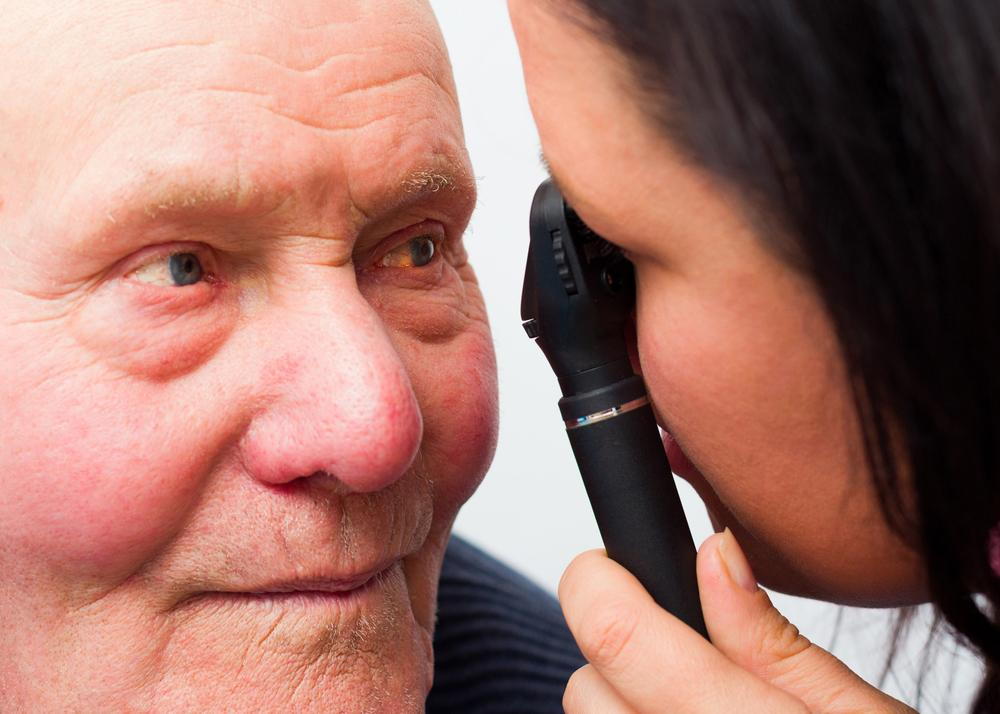All Categories
Featured
Table of Contents

Normal eye exams are important for maintaining good vision and detecting potential eye health problems early. The frequency of these exams can differ considerably based on a person's age, way of living, and total health. Comprehending the recommended routine for eye tests can aid guarantee that individuals of all ages receive proper care and monitoring for their eye wellness.
Infants and Toddlers (0-2 Years)
For infants and young children, eye exams are essential for identifying any possible vision troubles at an early stage. The American Academy of Ophthalmology suggests that a kid's first eye examination ought to take place at around six months old. During this preliminary see, the eye care expert will certainly assess the child's aesthetic growth and look for any apparent eye issues.Following this first exam, it is advised that children have one more eye exam at age three. This see will concentrate on assessing the youngster's general aesthetic function, consisting of eye positioning and the capability to track items. If no problems are found, the following exam ought to be arranged prior to the youngster begins institution, usually around age 5 or 6.
School-Aged Kids (6-18 Years)
Regular eye examinations ought to be arranged every one to two years once children get to institution age. Vision is vital for learning and growth, and many institutions perform vision screenings. These testings do not replace a detailed eye test by an eye care expert.For youngsters involved in sports or tasks needing substantial visual focus, annual eye exams might be advisable. Furthermore, if a youngster displays indicators of vision problems-- such as trouble reading, squinting, or frequent migraines-- a check out to the eye medical professional should be arranged asap.
Young Person (19-39 Years)
Young person generally have fewer vision changes than older age teams, yet normal eye tests stay necessary. The basic suggestion is to schedule an eye test every two years throughout this period. Individuals with details threat aspects-- such as a household history of eye illness, diabetes mellitus, or those that use call lenses-- ought to think about annual eye exams.Additionally, those that spend substantial time on digital devices might experience digital eye pressure. If symptoms such as dryness, exhaustion, or blurred vision take place, it may be sensible to see an eye care professional earlier.
Adults (40-64 Years)
As individuals enter midlife, the probability of creating vision troubles increases. Grownups aged 40 to 64 ought to set up eye exams every one to two years. This age might begin to experience presbyopia, an all-natural age-related condition that makes it challenging to focus on close objects. Eye examinations can also assist identify various other usual age-related problems such as glaucoma, cataracts, and macular deterioration.If individuals in this age have danger factors like high blood stress or diabetes, they may require even more regular assessments to monitor their eye health very closely.
Senior Citizens (65 Years and Older)
For seniors, routine eye examinations come to be also more crucial. The American Optometric Organization advises that individuals aged 65 and older have an eye exam at least once a year.Final thought.
Comprehending the ideal timetable for eye examinations based on age is important for preserving ideal eye health and wellness throughout life. By adhering to these standards and consulting with an eye treatment specialist, individuals can take positive actions toward preserving their vision and general health.Table of Contents
Latest Posts
The Boogaloo Sports Bar & Grill at FunCity Resort Hotel: Where Enjoyable Fulfills Taste
Published en
1 min read
The Boogaloo Sports Bar & Grill at FunCity Resort Resort: Where Enjoyable Fulfills Flavor
Published en
2 min read
Get Your Free Fence Estimate with Montana Fence
Published en
2 min read
More
Latest Posts
The Boogaloo Sports Bar & Grill at FunCity Resort Hotel: Where Enjoyable Fulfills Taste
Published Feb 09, 25
1 min read
The Boogaloo Sports Bar & Grill at FunCity Resort Resort: Where Enjoyable Fulfills Flavor
Published Feb 06, 25
2 min read
Get Your Free Fence Estimate with Montana Fence
Published Nov 29, 24
2 min read